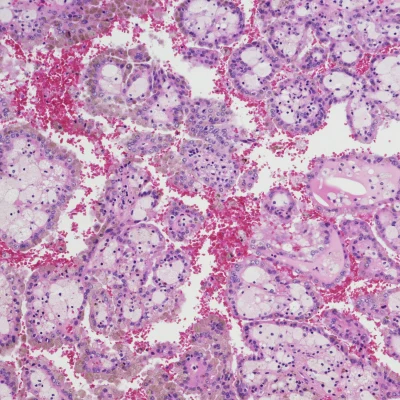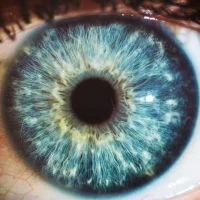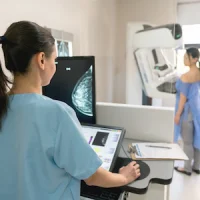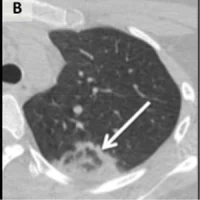Finding new molecular biomarkers could help improve the diagnosis and treatment of clear cell renal cell carcinoma (ccRCC). A recent study in Italy compared quantitative parameters obtained from computed tomography texture analysis and microRNAs expression profile of ccRCC looking for correlation between them.
Results of this pilot study indeed show a promising correlation between microRNAs and computed tomography texture parameters in ccRCC. In particular, the study demonstrated good correlation between entropy and miR-21-5p, one of the most important microRNA involved in tumourigenesis, according to Italian researchers.
At present, the assessment of a renal lesion using computed tomography (CT) or magnetic resonance imaging (MRI) is based on the radiologist's 2-dimensional examination of lesion morphology and enhancement. Subsequent patient management is often guided by what comes out from the radiologist's analysis. However, due to ccRCC's genetic and pathologic heterogeneity, making an accurate diagnosis or prognosis prediction is difficult. Radiologists and experts have exerted much effort searching for imaging biomarkers to characterise tumours and manage therapies.
Computed tomography texture analysis, although a relatively new tool, can help radiologists to better characterise lesions and to identify parameters of response to treatment. Aside from being reproducible, texture analysis maximises the information obtained from the lesion and has the potential to become a tool for prediction of prognosis.
In the current study, researchers performed multiphasic CT examinations (with arterial, portal, and urographic phases) on 20 patients with ccRCC. CT texture analysis parameters such as entropy, kurtosis, skewness, mean, and standard deviation of pixel distribution were measured using multiple filter settings. These quantitative data were correlated with the expression of selected microRNAs (miR-21-5p, miR-210-3p, miR-185-5p, miR-221-3p, miR-145-5p), using matched tumour and normal corticomedullar tissues of the same patient cohort.
As shown in this retrospective single-centre study, CT texture analysis has robust parameters (eg, entropy, mean, standard deviation) to differentiate normal from pathological tissues. There is also a higher coefficient of determination between entropy and miR-21-5p expression found in tumour versus normal tissue.
You might also like: Game-Changing Meting of Minds: Radiology and Imaging Informatics
In the field of urological carcinoma, the researchers note, microRNAs are acquiring an important role as biomarkers. Previous studies have cited miR-21-5p as the most overexpressed in renal cancer: It interacts with Ras phosphoinositide-3-kinase (PI-3K)/PTEN/AKT apoptosis pathways, hence it may be considered a clinical biomarker in renal cell carcinoma.
"In this pilot study, a promising correlation between microRNAs and computed tomography texture analysis has been found in clear cell renal cell carcinoma," the research team writes. "Texture parameters, in adjunction to biopsy results, can be considered useful tools for the noninvasive evaluation of ccRCC."
Source: UroToday
Reference: Marigliano C et al. (2019) Radiogenomics in Clear Cell Renal Cell Carcinoma: Correlations Between Advanced CT Imaging (Texture Analysis) and MicroRNAs Expression. Technol Cancer Res Treat. Published online 29 Sep. doi: 10.1177/1533033819878458
Image: iStock










